Schönau/Deutschland 1838 - 1921 Meran
He entered a commercial apprenticeship in 1853 and then worked in Pforzheim and Stuttgart, and from 1858 in Vienna in the workshop of the gold, silverware and jewelry manufacturer M. Markowitsch. S. married one of the daughters of the boss and joined the company as a partner in 1862 (Markowitsch & S.). After moving to Vienna VI in 1880, the company was transformed into Einzelfa. G. A. S. in 1882. The rich production program included cigarette cases, powder boxes, writing sets, toilet sets and jewelry boxes and exported also to Germany, France, Italy, Great Britain, Belgium and Spain. The need for large-scale jewelry production (up to 300 workers were employed) recommended the establishment of a precious metal alloying and refining plant (1884) under the name of G. A. S.sche Affinerie, where gold was separated from silver - affinated - and raw material and semi-finished products (sheets and wires) were produced from precious metal waste. This affinerie eventually supplied not only its own factory but also companies abroad; sister plants were established in Budapest (1891), Prague (1920) and Bucharest (1923). In 1897, the company was again transformed into a Ges., in which, in addition to S., his sons Artur (1870-1897) and Robert (1872-1950) and his nephew Georg S. (1850-1937) held shares. S. left the company in 1911; it was initially continued by Georg and Robert and later by Robert and Ludwig S. (1886-1960), another of S.'s sons. S. had succeeded in building up a company of supra-regional importance in the field of jewelry production, but especially in the utilization of scrap precious metals. While this company lost its position in the jewelry sector after World War I, despite efforts to penetrate the overseas market, and the jewelry factory was liquidated in 1923, the flourishing affinerie continued to exist and in 1962 was merged with Louis Roessler GesmbH. to form ÖGUSSA GesmbH. & Co. Kg.

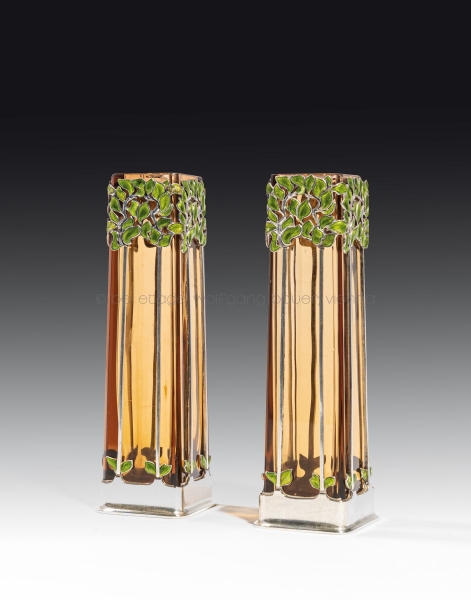 A PAIR OF VASES
A PAIR OF VASES 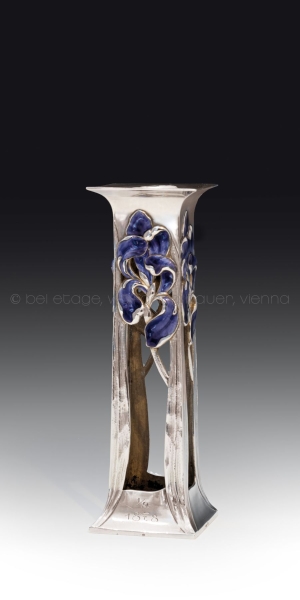 CANDLESTICK
CANDLESTICK 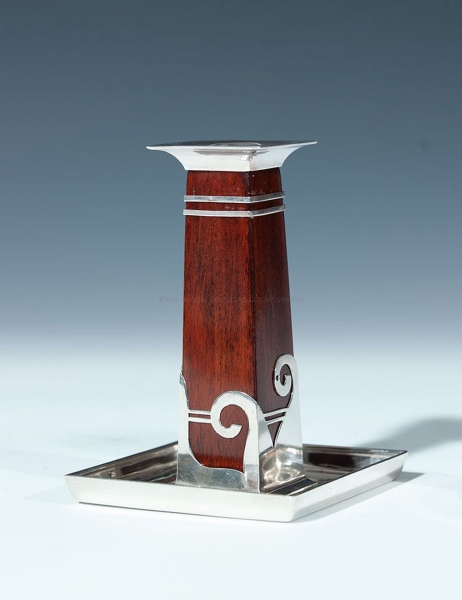 CANDLESTICK
CANDLESTICK 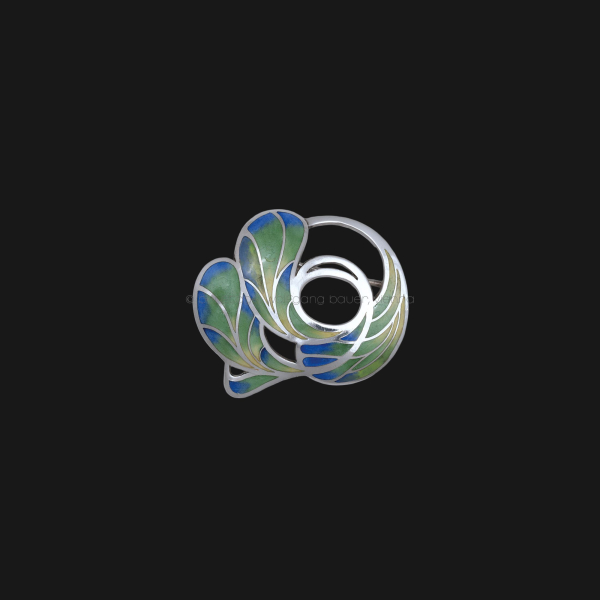 SILVER ENAMELLED BUCKLE
SILVER ENAMELLED BUCKLE 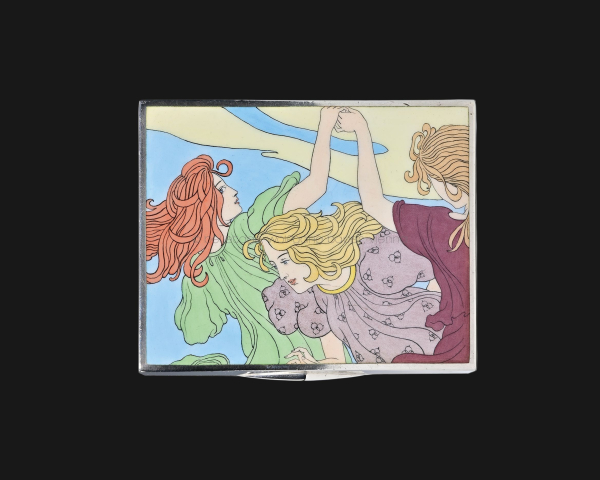 CIGARETTE BOX
CIGARETTE BOX